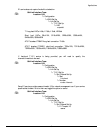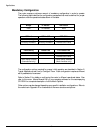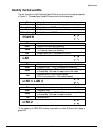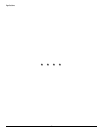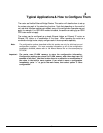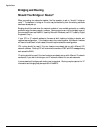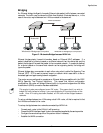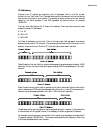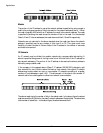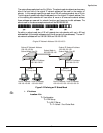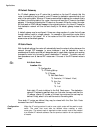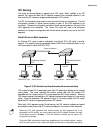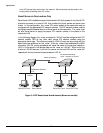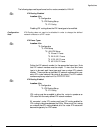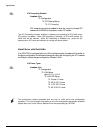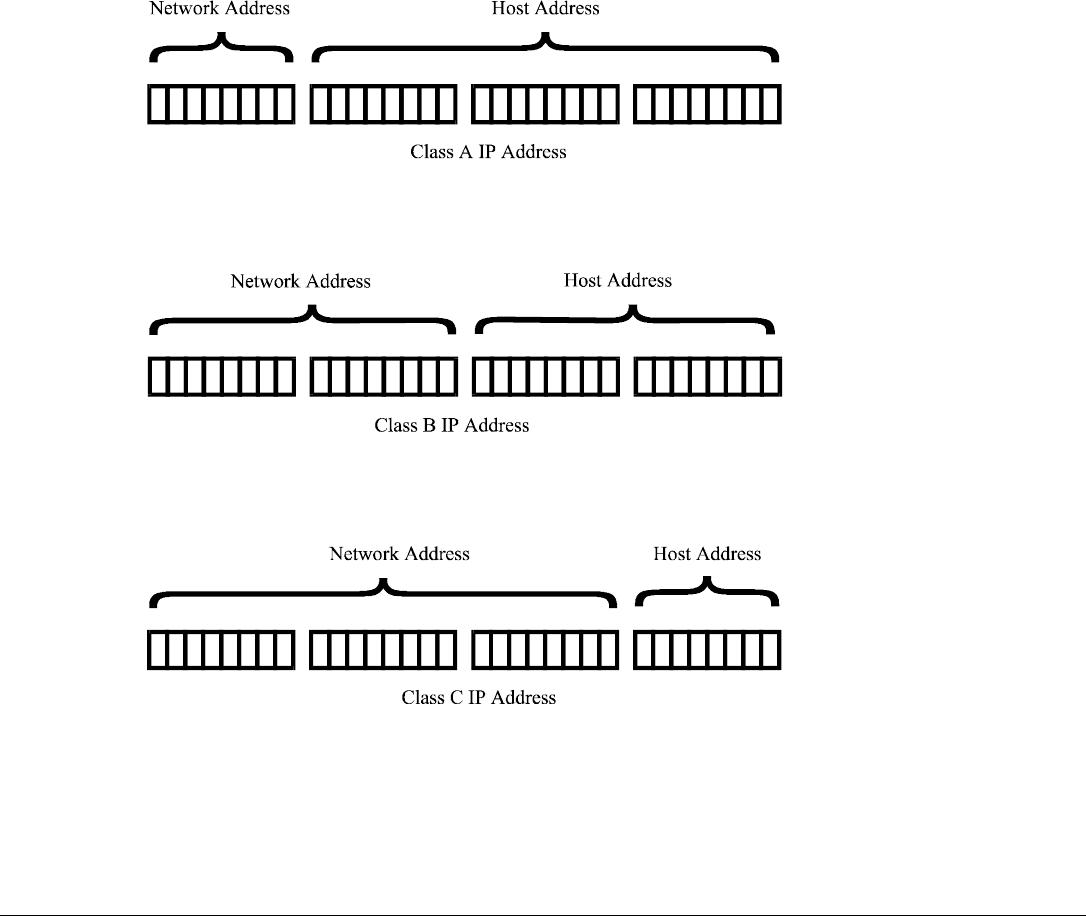
Applications
17
IP Addressing
Devices on an IP network are located by their IP addresses, which is a 32 bit number
divided into four 8 bit fields. The IP address identifies both the network and the host device
(also known as a node) on that network. The address is usually written as the four decimal
values for the fields (between 0 and 255) separated by decimal points; for example
196.65.43.21.
The high order field defines the IP class of the address. There are three commonly used
classes of standard IP addresses:
A: 1 to 127
B: 128 to 191
C: 192 to 223
For Class A addresses, only the first 7 bits of the high order field represents the network
address, so there can be 127 networks. The remaining three fields are the host portion of the
address – there can be over 16 million (2
24
) host devices on each class A network.
Class B uses the first two fields for network addresses and can address approximately 16,000
networks. The two low order fields allow approximately 65,000 host addresses (2
16
) for each
network.
Class C uses three high order fields to address over 2 million networks; the low order field is
used to address up to 253 hosts (the addresses with all bits set to 1 and all 0 are reserved for
network use; so addresses available from 8 bits = 255 minus the 2 reserved).
IP addresses within a private network may be assigned arbitrarily, however, if that network is
to interconnect with the global Internet, it is necessary to obtain a registered IP address.
For example, a small company is connected to the Internet; they are assigned a single class C
IP network address (199.169.100.0). This network address allows the company to define up
to 253 host addresses within their network.



